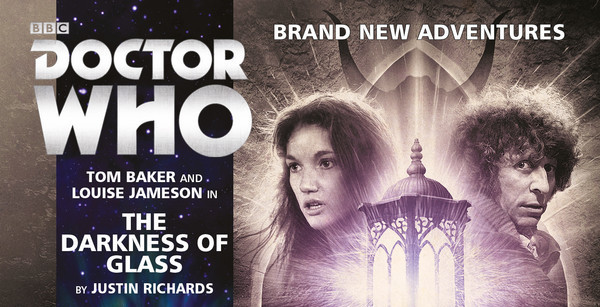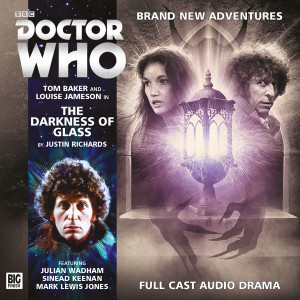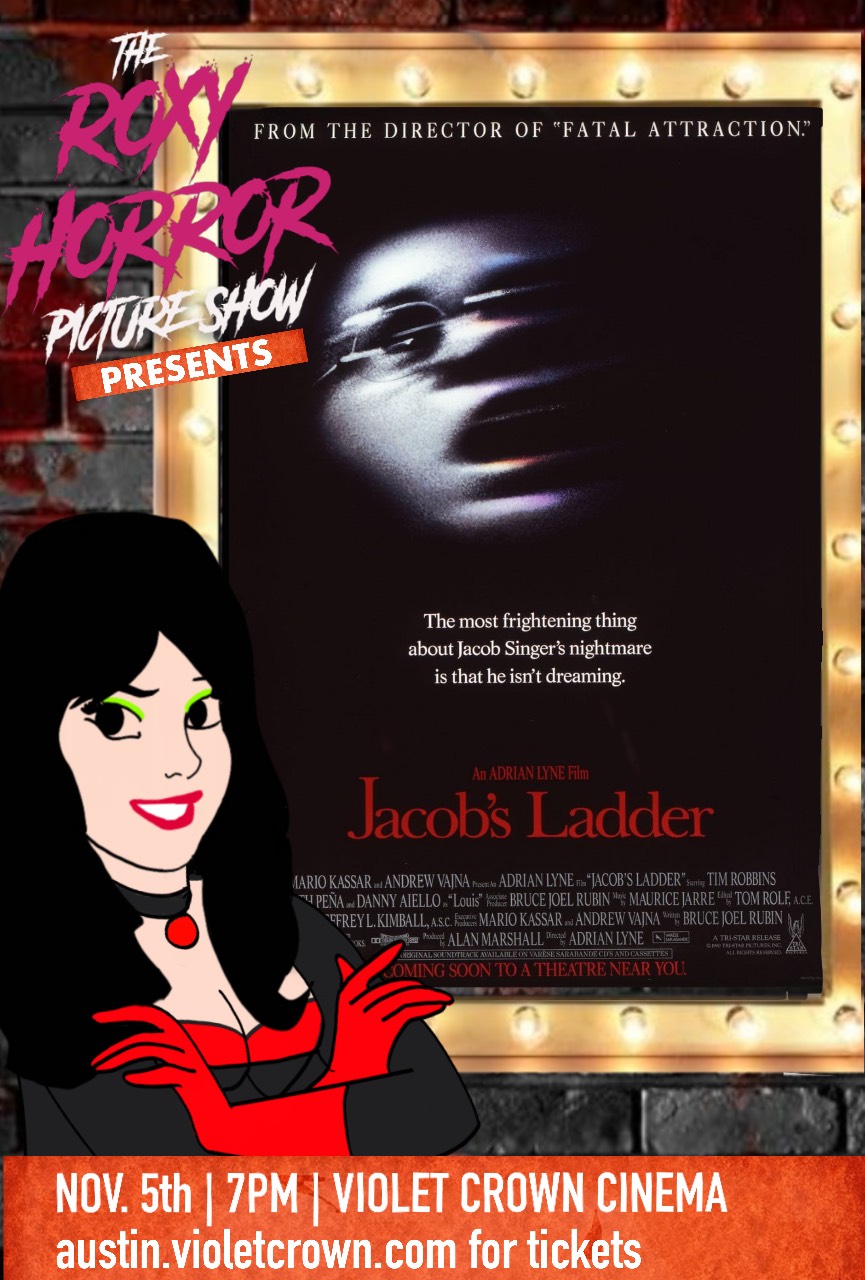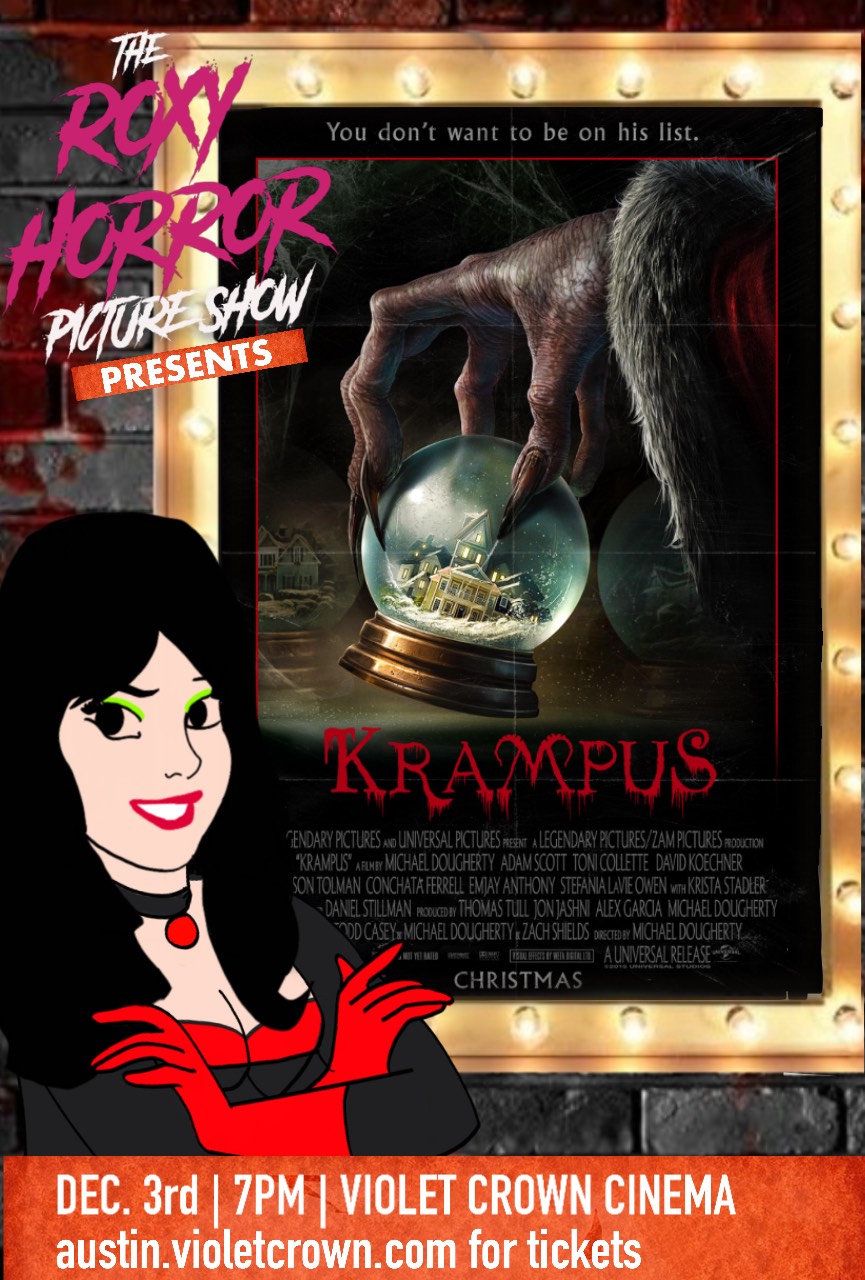Greetings fellow travelers, I bid you welcome to Big Finishing Move. This is the place where I have the honor of reviewing the massive output of audio dramas by industry leader, Big Finish and today we will be looking at the second of this years Fourth Doctor Adventures, The Darkness of Glass.
Before we begin, I’d like to take a moment. I think given this series and the other work I have done on this site, that I am a massive Doctor Who fan, but it may surprise you to know that my greatest love in all of science fiction/fantasy isn’t Doctor Who. It has, and always will be, Star Trek. Like Doctor Who, Trek is about trying to be the best we can be and looking to the future with wonder and hope. Perhaps this is one of the main reasons I have a deep love for each series.
We recently lost Leonard Nimoy, the man who gave us along with Gene Roddenberry, the gift of Mr. Spock. Being Spock would be more than enough, but Nimoy would go on to act, write, direct and create so many great things both in the world of Sci-Fi and Star Trek as well as others. Truly, the culture of the world owes Nimoy a debt, and while I can never repay my section of the debt, a debt that stretches back to when I was a little boy imagining a better world in such cynical times, I dedicate this review to a man who made us think we could be better. Mr. Nimoy, this one is for you.
TARDIS TEAM: The Fourth Doctor and Leela
In 1907 in the middle of nowhere sits a castle. Gathered there are members of the Caversham Society, a group of Magic Lanternists who celebrate their craft in the home of the man they named their group after, Mannering Caversham, an individual said to have once raised a demon. The Doctor and Leela find themselves trapped in the Castle along with the society for the night and it isn’t long before mysterious deaths start to occur. Perhaps whatever Caversham once conjured has found a way back.
What I like about this story is how strong both Leela and the Doctor are in it. Once the deaths start to happen both snap into action, Leela into full on huntress/protectress mode while the Doctor puts on his thinking cap and becomes the investigative detective. Both acknowledge the need for the other, valuing the others skills and approach to the problem at hand. It is nice to see the level of trust that has developed between at this point, as the night goes on and matters separate the two for extended periods they remain in sync and focused on the task at hand. Both Baker and Jameson are handed dialogue that is tailor made to their strong suits and it only enhances the listening experience.
Perhaps in the UK the magic lantern is well known, I having never heard of it set to research and found the long and quite interesting history of the devise which they roughly go over in the story, but that the story of Mannering Caversham was based on the supposed (I say supposed because some sites claimed contention with the story) real life tale of Johann Georg Schröpfer, a lanternist who used to conjure “demons” in his act but went mad and shot himself after promising his audience he would be able to pull a Jesus and resurrect himself. I won’t spoil everything for those like me who want to take the time and do the research, but the more you know about the history of the magic lantern the more and more obvious a fit it will seem for a Doctor Who story in the context of the story as well as in a meta sense. It is odd though to have an entire story about images in the format of an audio drama.
I have oft complained in my reviews, especially of the Fourth Doctor range, that in order to fit the run time certain backstory and dramatic moments are rushed through which hurts the immersion into the story. Make no mistake, what is here is done very well, but I strongly believe that with only an extra ten to twelve minutes added to the story it would be twice as good. With just this sliver of added time they could have explained the Lantern a little more clearly for those unfamiliar with the devise and more importantly allow the horror elements the proper time to breathe and let the dread and suspense build more naturally and effectively.
In the end we have a rather smart take of the classic supernatural creature in the image/film trope in horror whose only crime is that there should be more of it to round things out. Be sure to pick this one up if you enjoy the more dark an mysterious side of Who.
Purchase Doctor Who: The Darkness of Glass Here:
And lest you forget beloved reader, we here at the mighty One of Us have our own audio drama series Infinite Variations, as well this being the site of the spin-off series from The Intergalactic Nemesis entitled Salt. Now, all this is content happens to be FREE on the site so you have no excuse not to check it out!
For next time, we bring the latest era of Eighth Doctor stories to a close with:
Check out my previous reviews:
Philip Hinchcliffe Presents Box Set









